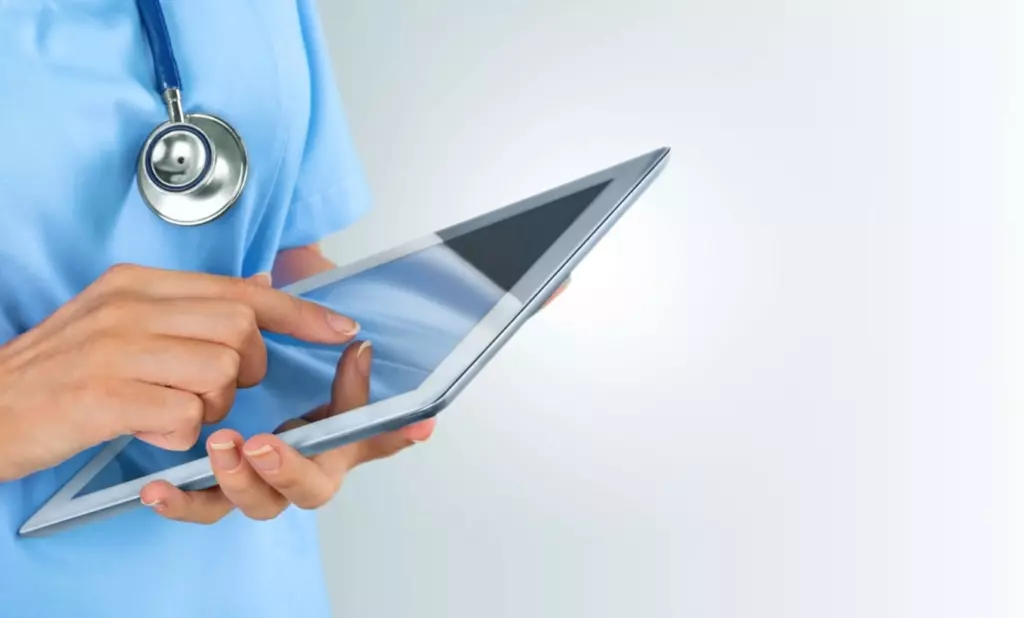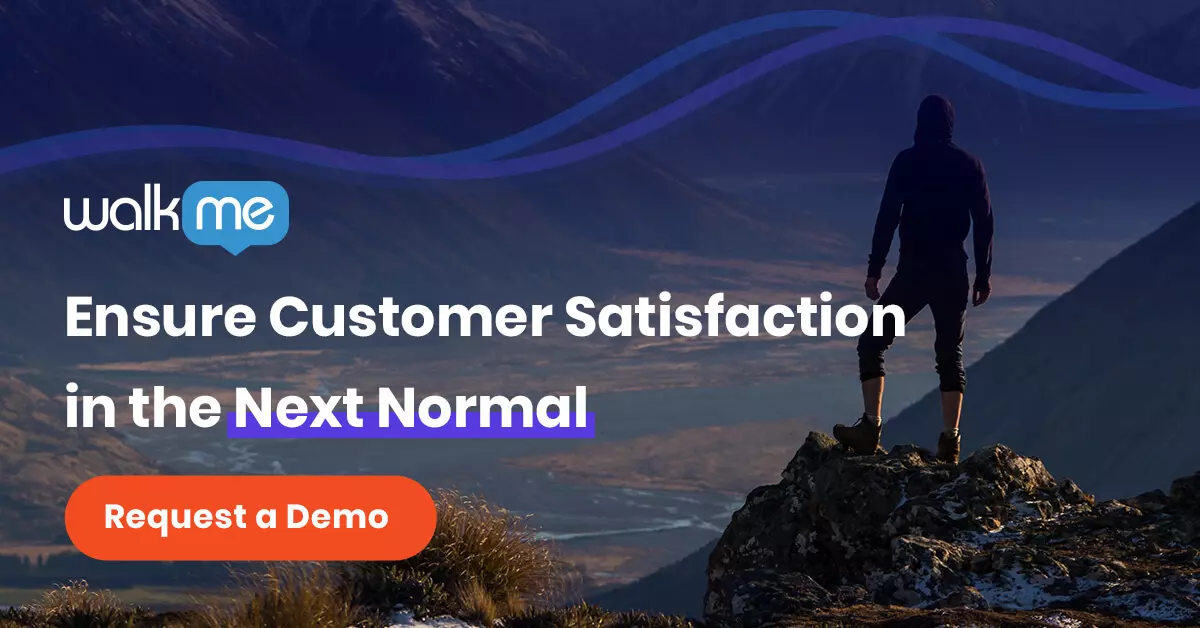When WalkMe decided to once again set the industry standard and get an objective value assessment of our Digital Adoption Platform, we commissioned one of the best firms in the business, Forrester, to perform a Total Economic Impact (TEI) study.
In order to gather real case studies and calculate the ROI of WalkMe, they assessed several WalkMe customers across a variety of industries. Modernizing Medicine, a true digital adoption champion was selected to represent the telehealth software sector.
This is how Modernizing Medicine uses WalkMe to enhance and increase user adoption.
Why turn to a digital adoption solution?
Telehealth software in general, and Modernizing Medicine in particular, is the digital bridge between healthcare providers, and patients. Innovative and ever-improving pathways of technology are the key ingredient to Modernizing Medicine’s mission to make telehealth pleasant, efficient, and ultimately, improve peoples’ lives.
“Our challenge was to continue to succeed in our mission while technology advances and user expectations increase. The more systems a medical practice introduces, the more disruption is created, resulting in lost productivity.”
– Modernizing Medicine
They were aware of the reality of “physician burnout” in which the doctors who are not technologists, and never intended to have a software career, are suddenly thrust into an IT-heavy role. In order for the doctors to perform their actual purpose proficiently, the burden of software-usage needs to be absolutely minimal.

Modernizing Medicine concluded that with a digital adoption strategy, the user adoption rates and overall satisfaction would increase. They were right.
After implementing WalkMe’s DAP for the Practice Management product, they then expanded to using WalkMe for their Electronic Health Record (EHR) system. This increased their active user count to 68,000 users in 2019, an increase of 240% year over year.
Another digital adoption challenge tackled by DAP
Telehealth software is particularly crucial for the well-being of users over 65. This demographic is the least-technologically savvy cohort and therefore it’s imperative that software accommodates their user-needs. According to McKinsey, COVID-19 caused “a massive acceleration in the use of telehealth” with consumer adoption skyrocketing from 11% of US consumers to 46% using telehealth instead of in-person doctor visits.
Seemingly unique and near-impossible digital adoption challenges can in fact be solved.

“Despite the massive growth in users, our survey response rate remained stable, with a 55% survey response rate, and 72% of users reporting the content was helpful. We have also leveraged WalkMe’s expansion into mobile, automation, insights, and session playbacks to help take our digital adoption program to the next level.”
– Modernizing Medicine
What did the end-users have to say about the experience?
During both design and development, Modernizing Medicine was careful to do experience testing to validate the benefits of WalkMe and to continue to improve their use of DAP.
New or inexperienced users gave feedback that the tool was intuitive, convenient, and allowed them to learn without the fear of being judged. Experienced users reported that they benefited most from the notification and engagement that allowed them to use more functionalities to benefit their role. Across both types of users, WalkMe proved to enhance their experience and relationship with the software.
The DAP benefit for the team
“The data and tools that the WalkMe advanced features provide helps our Product and Customer Success teams to create an amazing user experience and customer experience (UX and CX) by allowing the teams to review user behavior and automate key processes in our applications.”
– Modernizing Medicine
To see the full impact of WalkMe’s DAP on top companies across multiple industries, don’t miss the Total Economic Impact study conducted by Forrester.


